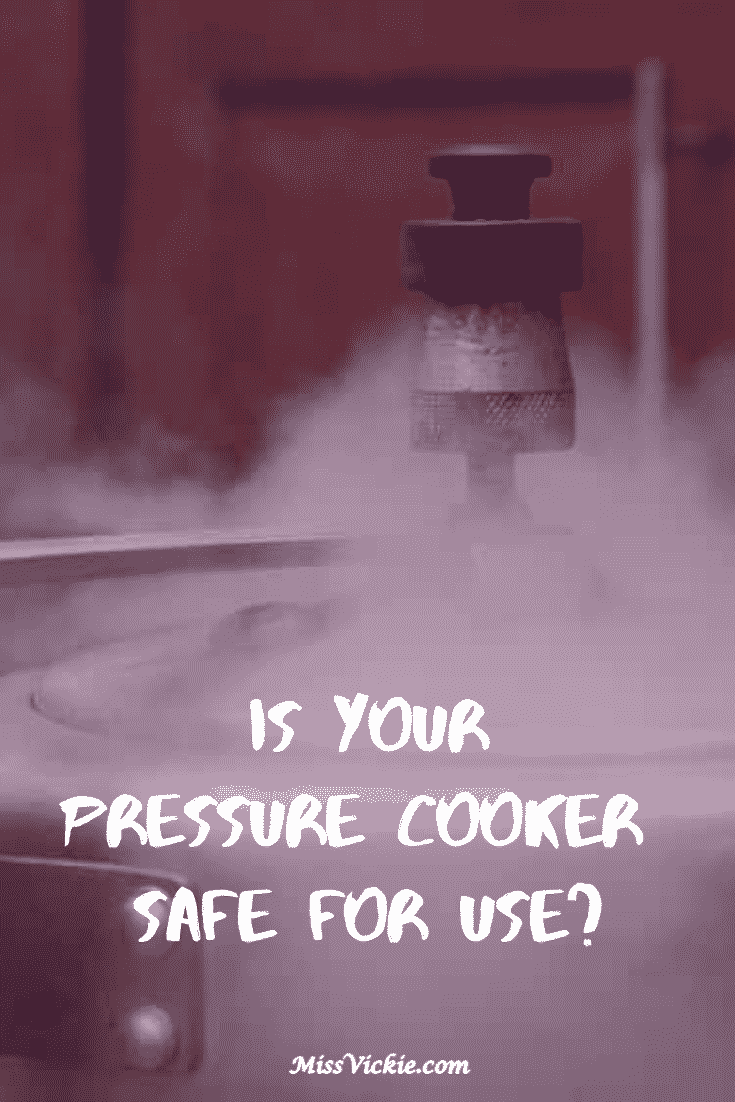
Ever wonder how’s a safe pressure cooker? If you are concerned about using a pressure cooker in today’s day and age, don’t be. Pressure cookers today are a lot safer compared to what your grandma used back in the day because they come outfitted with all the modern safety features needed to eliminate any safety concerns.
How to Determine a Safe Pressure Cooker?
For instance, today’s pressure cooker lids have locks on them that must be activated before pressure can be built and these locks will remain closed up until the pressure inside the cooker has been released. Most modern pressure cookers also have valves on them that release excess pressure. This means that you will never have to hear about any explosion issues like it was common in the past.
On one hand, while pressure cookers are designed to cook food quickly and efficiently while retaining the food’s natural nutrients, they must be well cared for if you are to receive any value from them. Caring for your pressure cooker involves not only maintaining the different important parts and components, but it also means checking your pressure cooker for safety each and every time before you attempt to use it.
What should you check on your pressure cooker to ensure safety?
The gasket
Before placing the lid on your pressure cooker to use it, you should always check the gasket for safety. The gasket refers to the rubber seal found on the interior of the pressure cooker lid. The gasket should remain flush against the pressure cooker lid at all times in order to create a seal so that the pot can build pressure.
The best thing to do is to remove the gasket when the pressure cooker is not in use. When you are ready to use the cooker, you can replace the gasket but not before checking it for any signs of wear and tear. Before use, the gasket and the rim of the cooker should be free of any food particles so that a tight seal can be created when in use.
Vents and valve systems
The vents and the valve systems are some of the most vital and sensitive parts of the pressure cooker. The vent refers to the tube located at the center of the lid; used to release steam from the cooker. The vents and valve systems must always be in working order for the pressure cooker to work effectively.
If you own a jiggle top pressure cooker, you should always check that both the vent pipe and the pressure regulator are in great condition before using the cooker. To check whether the vent pipe contains no clogged items, hold the lid up against the light to see through the vent.
Also, you can run a pipe cleaner through the tube to remove any particles and ensure that the opening is clear. You should also check the lid to see if there are any cracks on the rubber seal. The small metal rod on top should also move freely without any blockages.
Avoid overfilling your cooker
Vents become easily clogged up when you overfill your pressure cooker. As a rule of thumb, you should never attempt to fill the cooker more than 2/3rds way up. Foods that foam easily like beans, pasta and apples can clog up vents easily and when left unchecked, it can damage the pressure cooker and make it unusable.